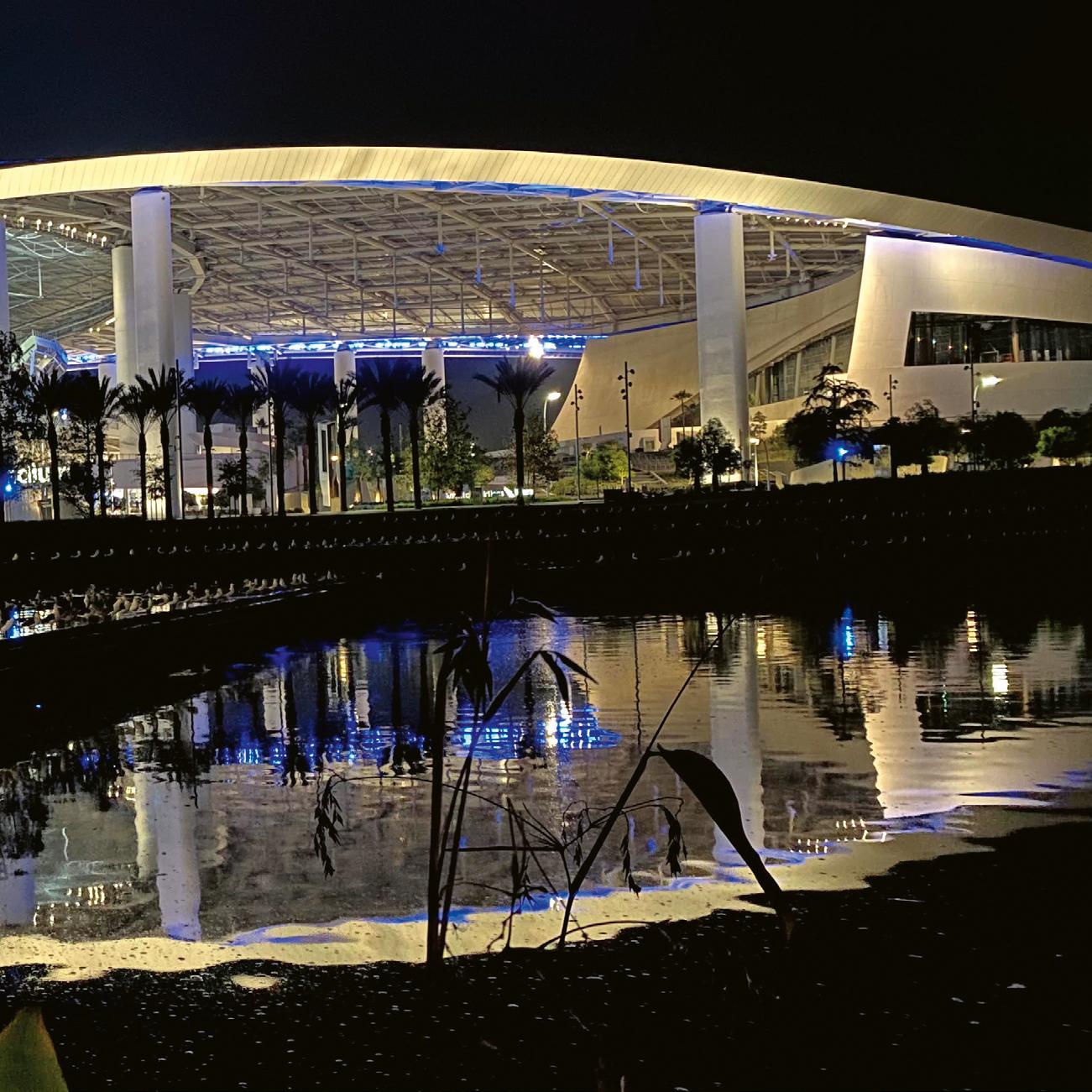Lam Partners















The origins of Lam Partners began in 1949 when William M. C. Lam, better known as Bill Lam, founded Lam Workshop. After graduating from the Massachusetts Institute of Technology with a degree in architecture, Bill started exploring ideas to produce quality and economical architectural light fixtures and furniture, with forms driven by function and a clear understanding of the manufacturing process. In 1951, he changed the name of Lam Workshop to Lam Lighting Systems Inc., and produced a line of commercial-grade light fixtures that supported contemporary architectural expression and needs.
A decade later, Bill returned to his passion for architectural design. He founded William Lam Associates in 1961 and blazed the trail in the field of modern lighting design. Bill worked with architects around the United States and throughout the world, developing innovative lighting solutions and integrated systems for architecture and urban design. He believed in “lighting by design, not engineering,” and celebrated the architecture through indirect lighting that concealed the presence of lighting hardware. This philosophy flowed from Bill’s focus on the importance of quality illumination and his desire to capture the spirit and intent of the architect’s vision.
Bill also believed in teamwork among architects, engineers, interior designers, and all the critical members involved in the design process. He would bring all disciplines together at the start of a project to orchestrate the creation of more beautiful spaces with truly integrated building systems and design approaches, as opposed to simply layering each on top of another. Bill was also very mindful that indirect lighting and quality over quantity were hugely important for sustainability and saving energy.
Robert Osten and Paul Zaferiou became partners with Bill in 1990, and the name of the firm changed to Lam Partners to recognize this transition. Keith Yancey became a principal in 2005, Glenn Heinmiller in 2008. They have since been joined by Justin Brown, James Perry, Matt Latchford, and Sarah Fisher in recent years.
Clockwise from top left: Custom House Tower; Massachusetts State House; Washington Union Station; Washington Metropolitan Area Transit Authority Stations
After Bill retired in 1995, he maintained a small consulting business to pursue projects of special interest until his death in 2012. Architectural Lighting inducted Bill into its 2001 Hall of Fame, and his books Perception and Lighting as Formgivers for Architecture (1977) and Sunlighting as Formgiver for Architecture (1986), which outlined Bill’s architectural lighting principles, continue to shape Lam Partners’ work and the lighting design industry as we know it today.
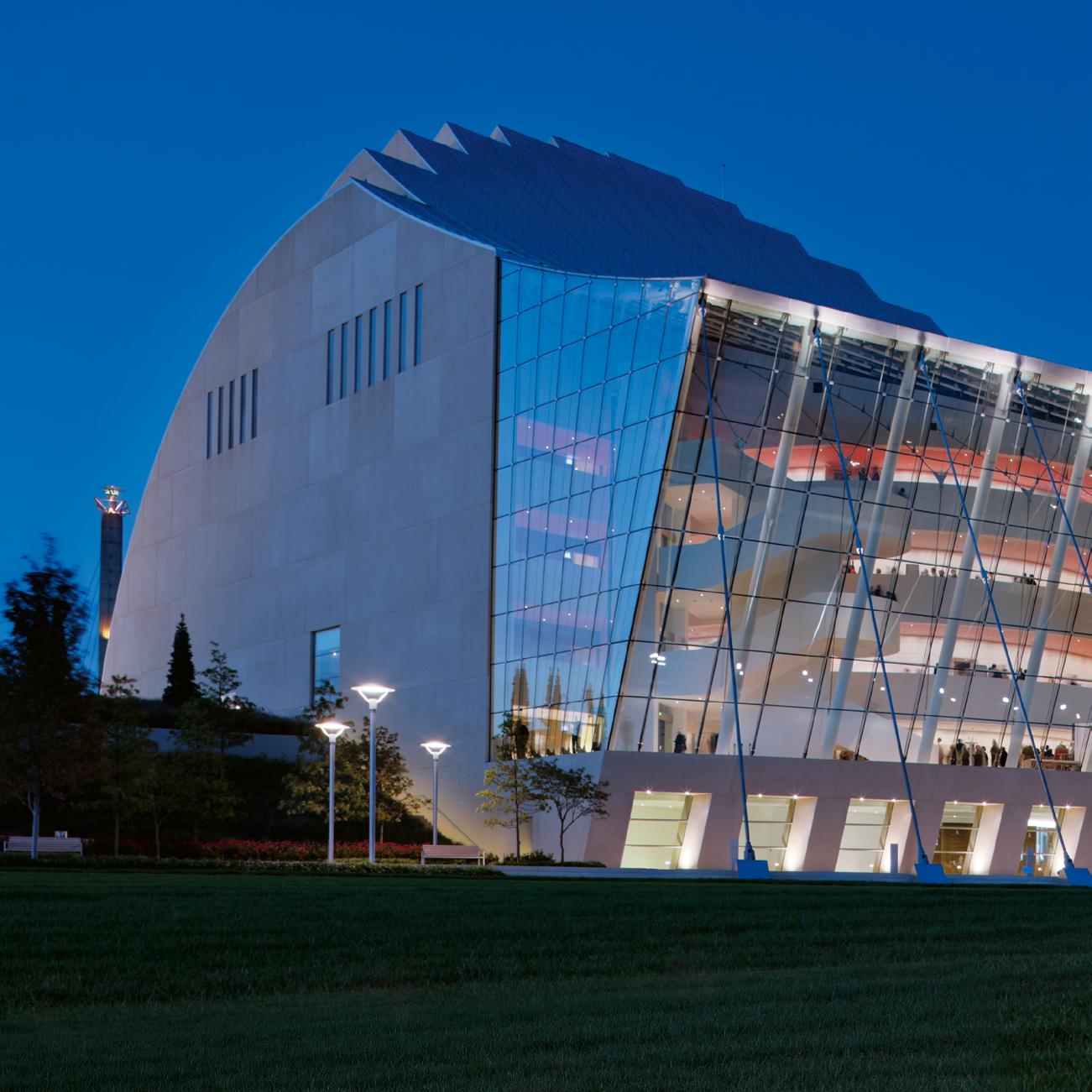
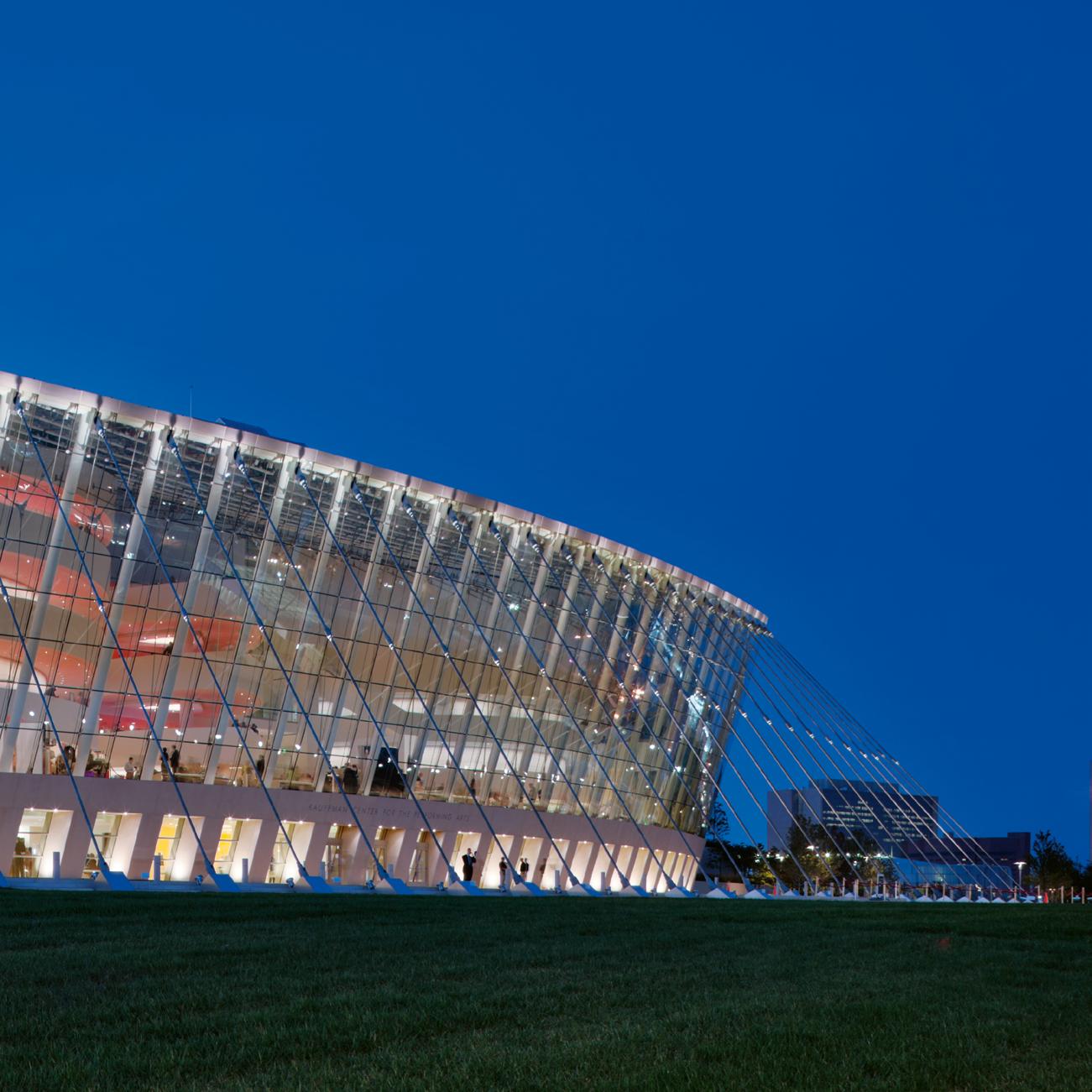
“The tension cables shimmer like the strings of a harp. It makes the entry sequence really sparkle and adds excitement to the experience.”
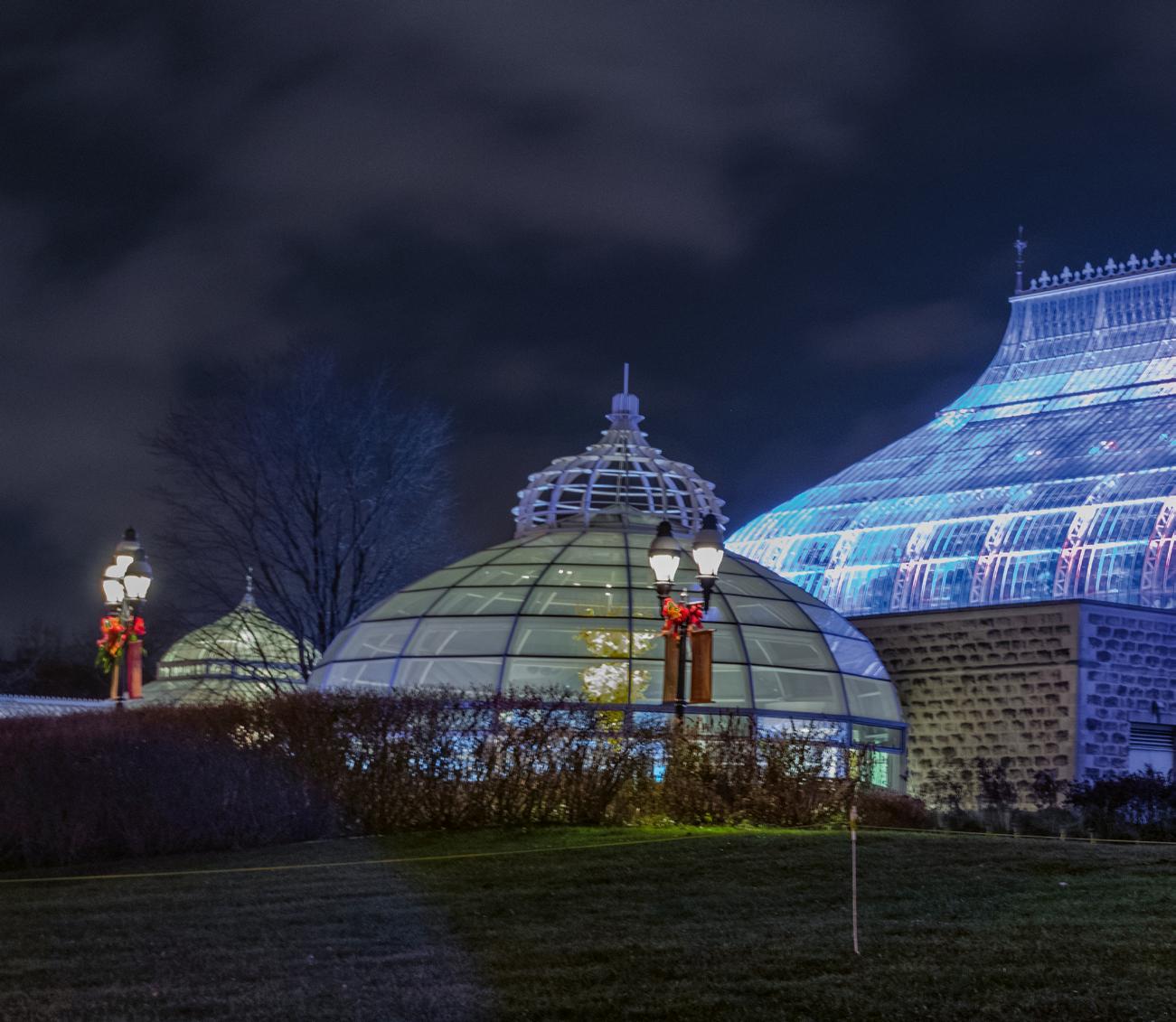
“The incremental upgrades are a rolling philosophy of how to make continuous improvements to achieve Phipps’s sustainability mission.”
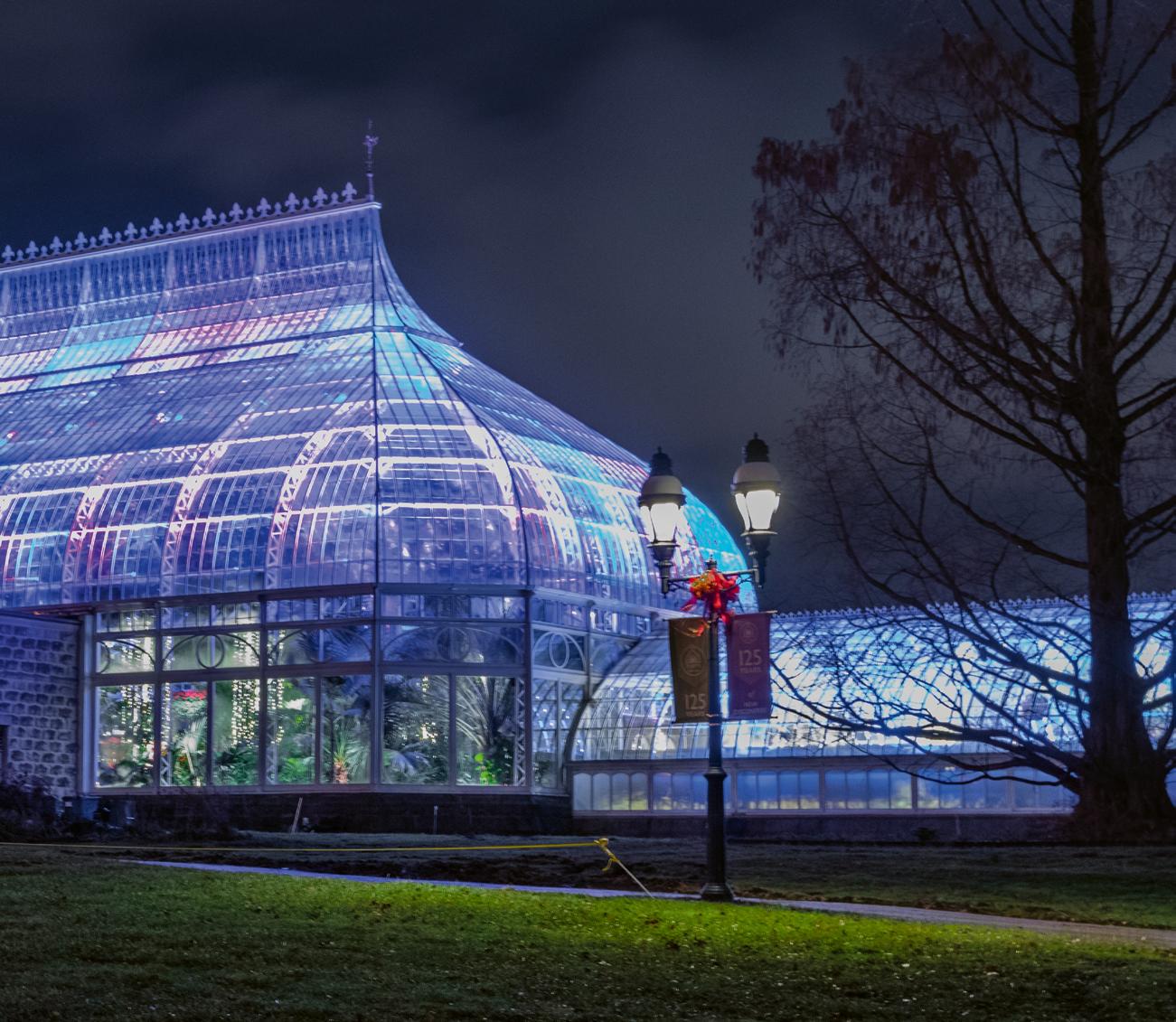
“The lighting integrated with the playful, colorful ceiling systems animate the varied spaces of the library, and provide refreshing environments for learning, working, and meeting.”
The double-height and arched windows allow for greater natural light to enter the building.
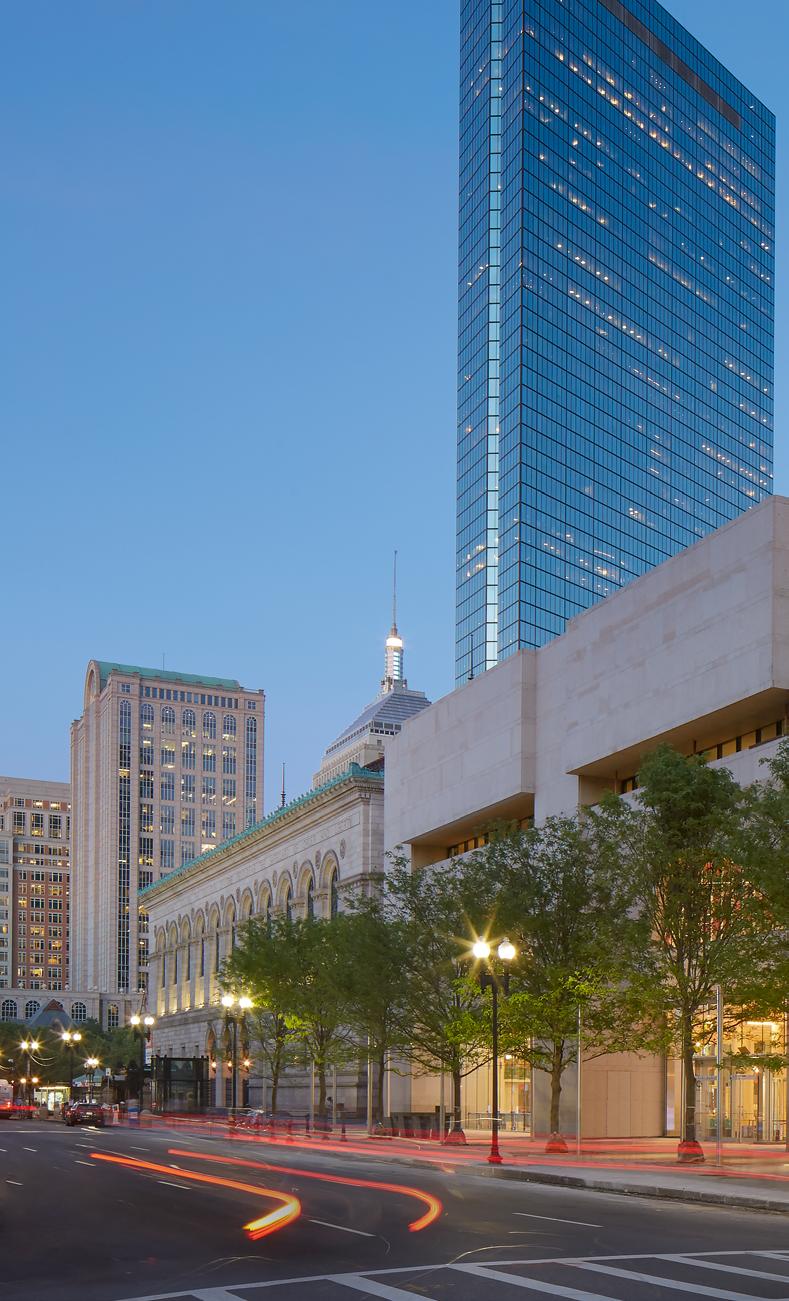
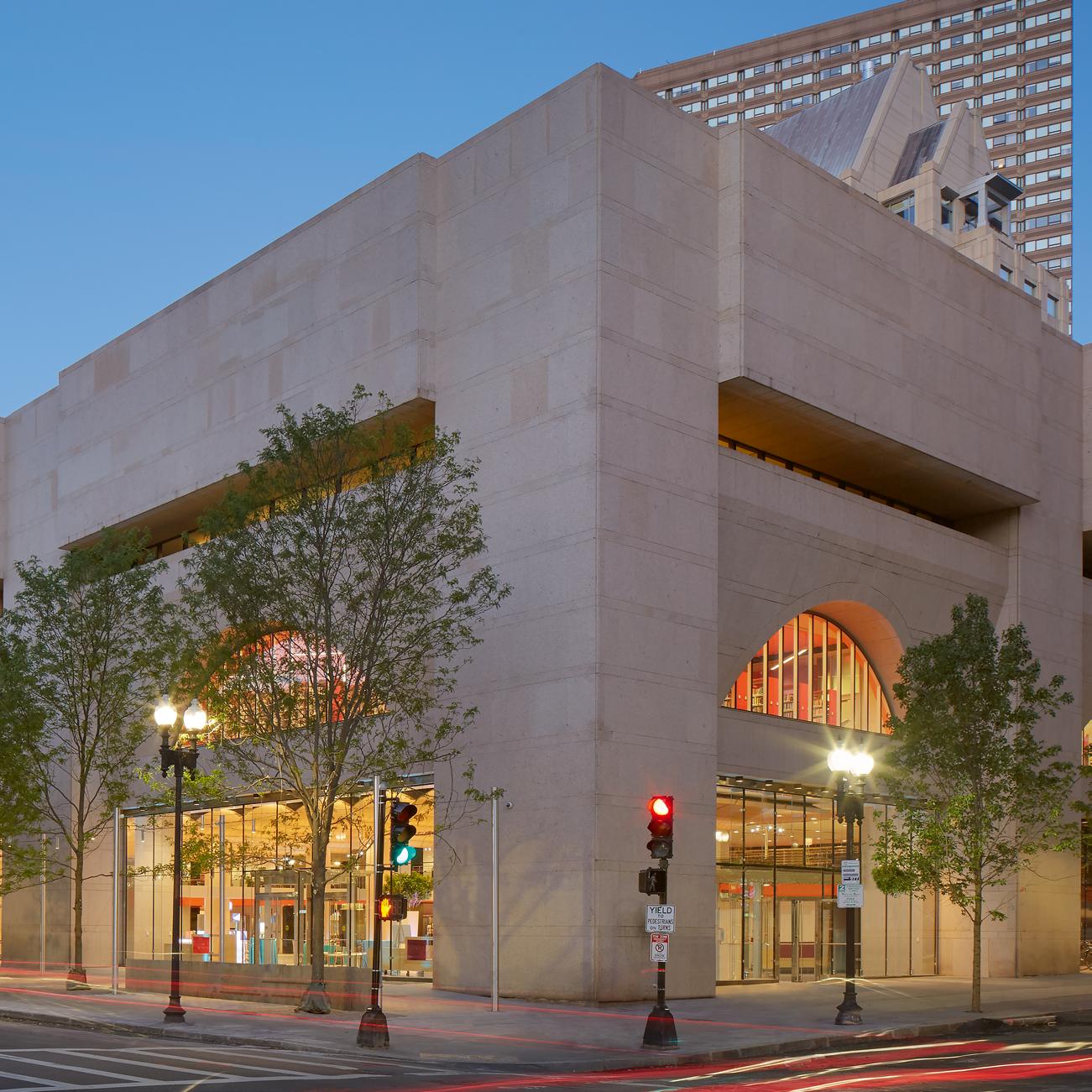
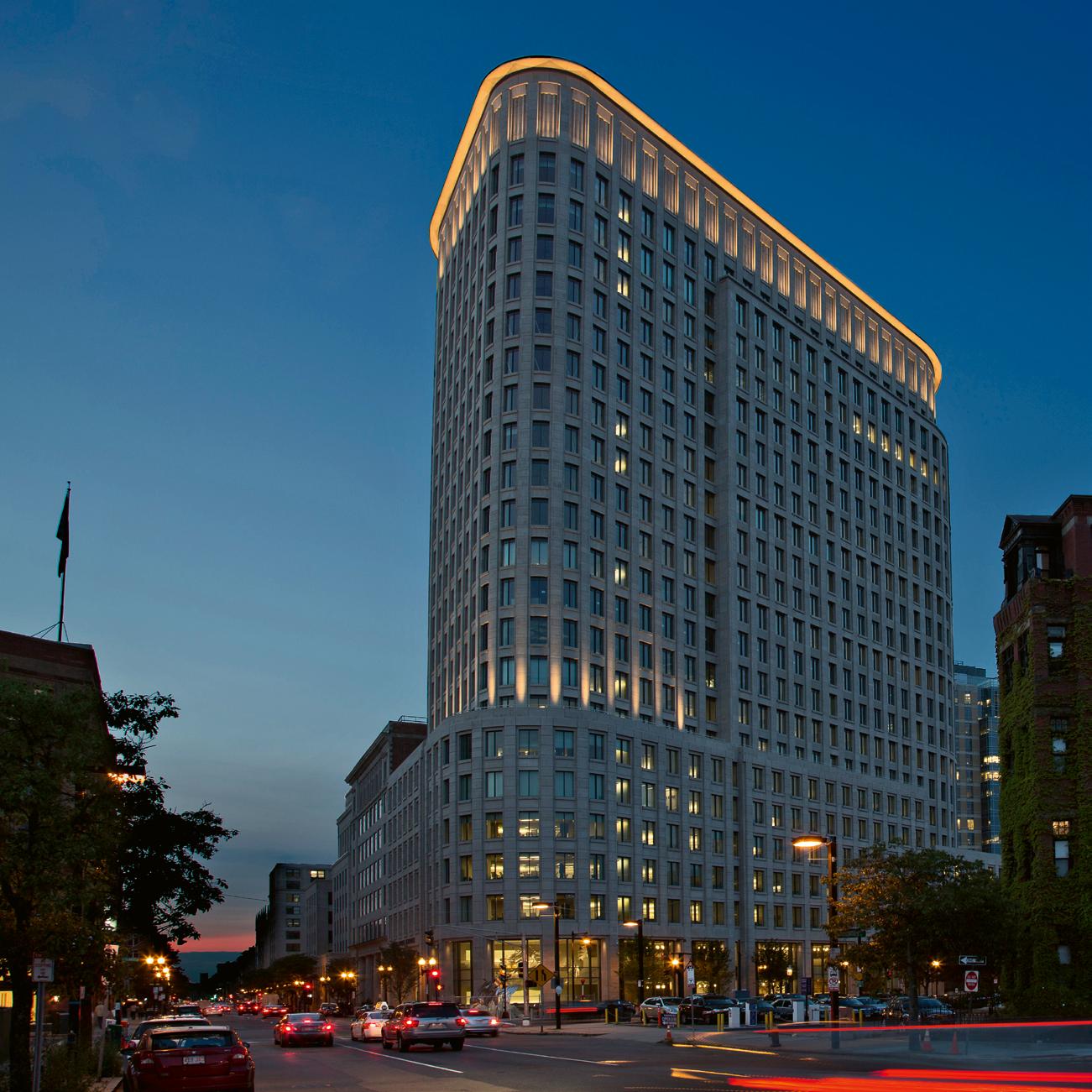
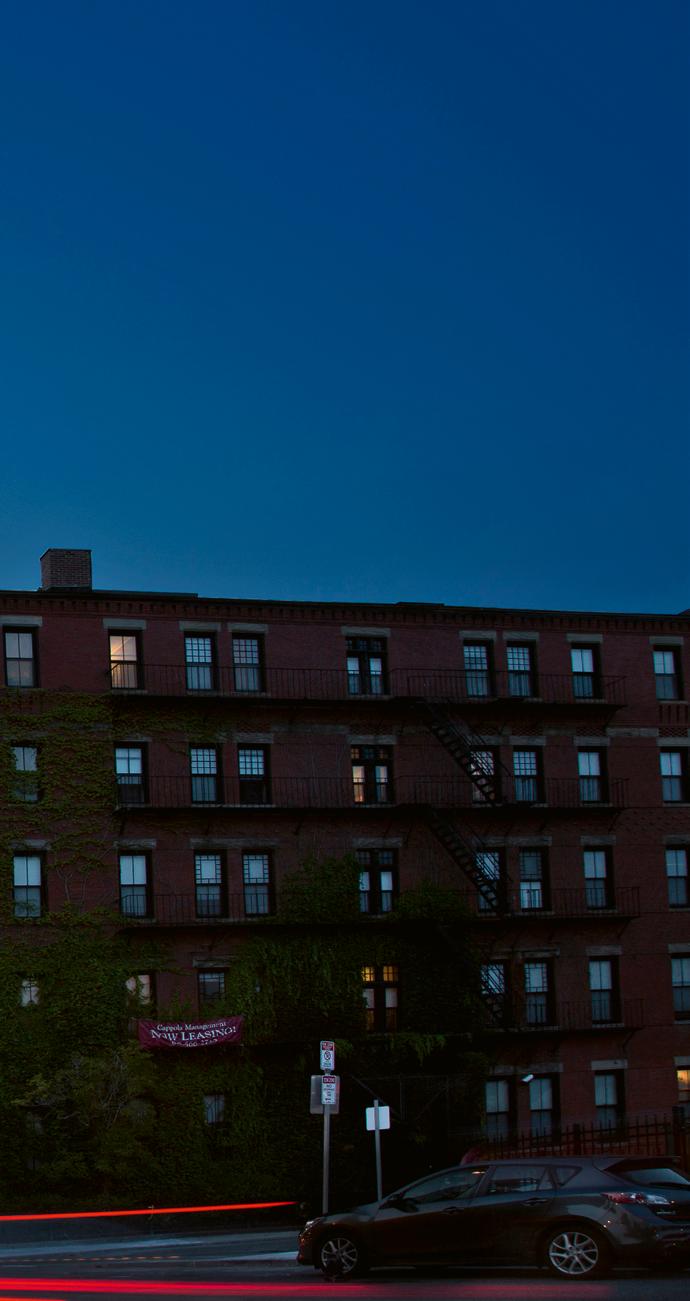
“Liberty
Mutual Tower is a signature building within the Boston skyline. The effect is soft and subtle, creating the illusion that the stone cornice itself is glowing.”
Concealed exterior fixtures enhance the form of the building massing, and accentuate the building crown.

“The lighting helps give the building the respect it deserves, and maybe even convinces people to love it more.”
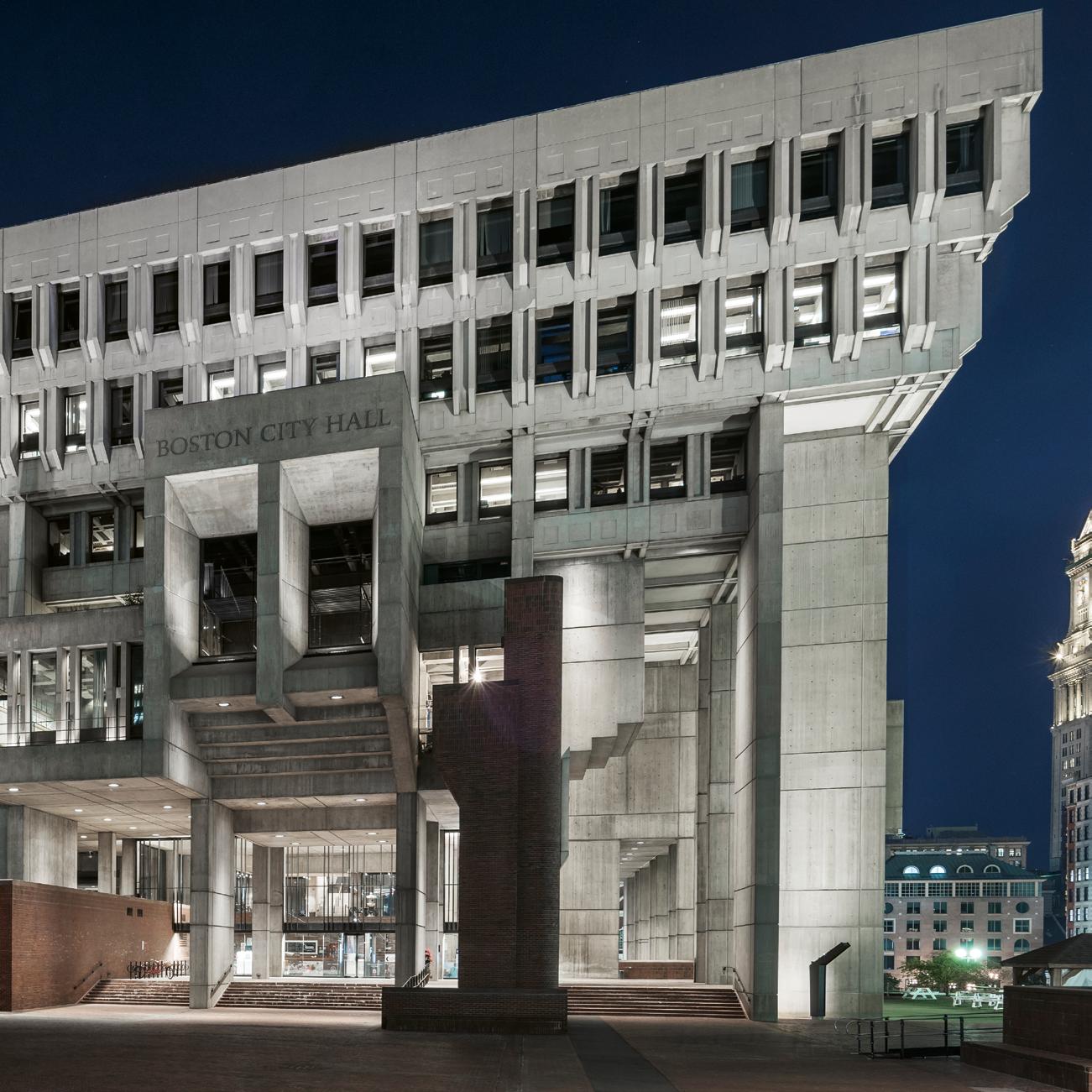
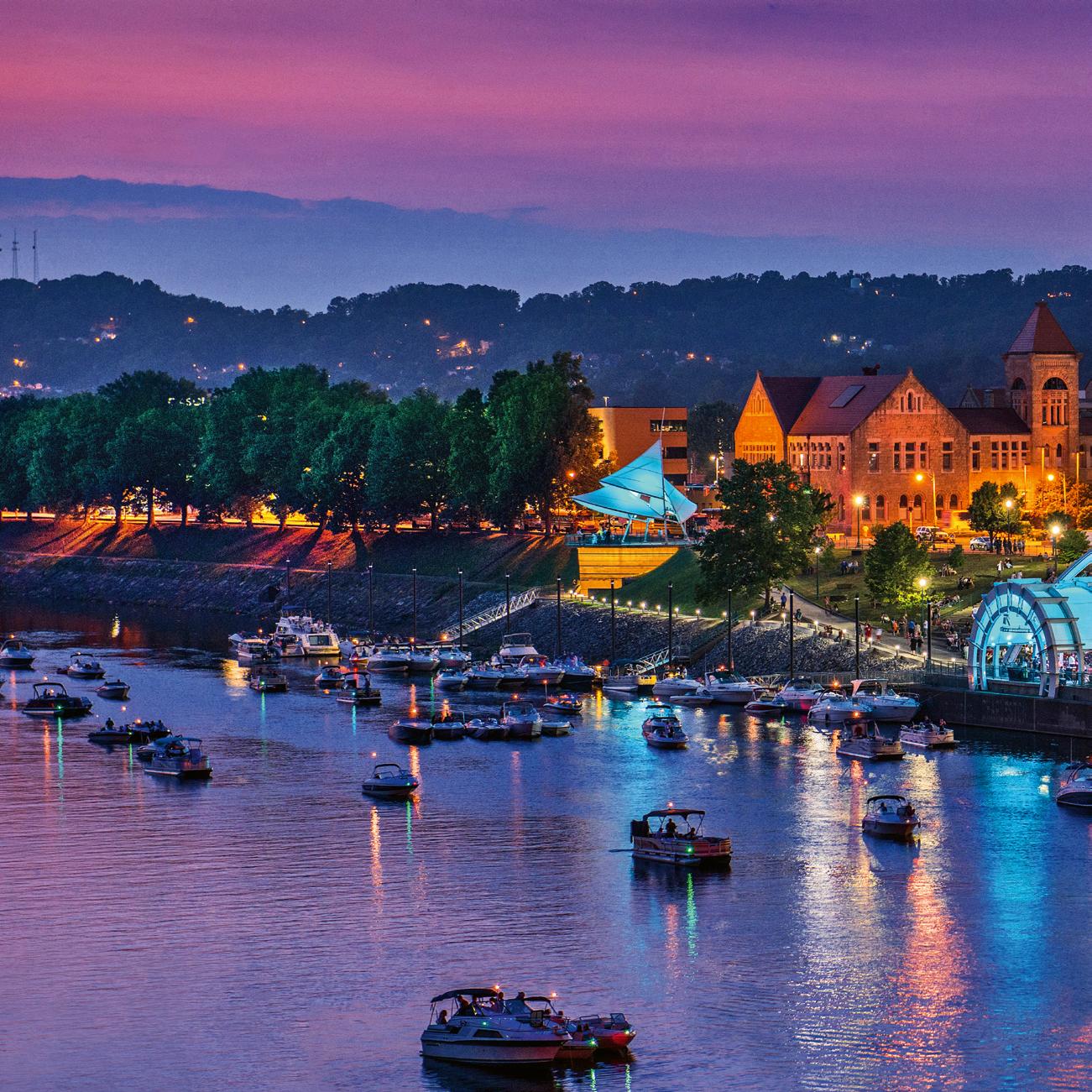
Every summer Haddad Riverfront Park in downtown Charleston comes to life with free public concerts, festivals, and celebrations. We worked with Silling Architects to integrate lighting into the band shell and canopies, creating glowing parasols that provide ambient light and visual cues for wayfinding. Dynamic color-changing light can be adjusted to enrich the park atmosphere and performance, and all equipment is submersible as the band shell is susceptible to flood.
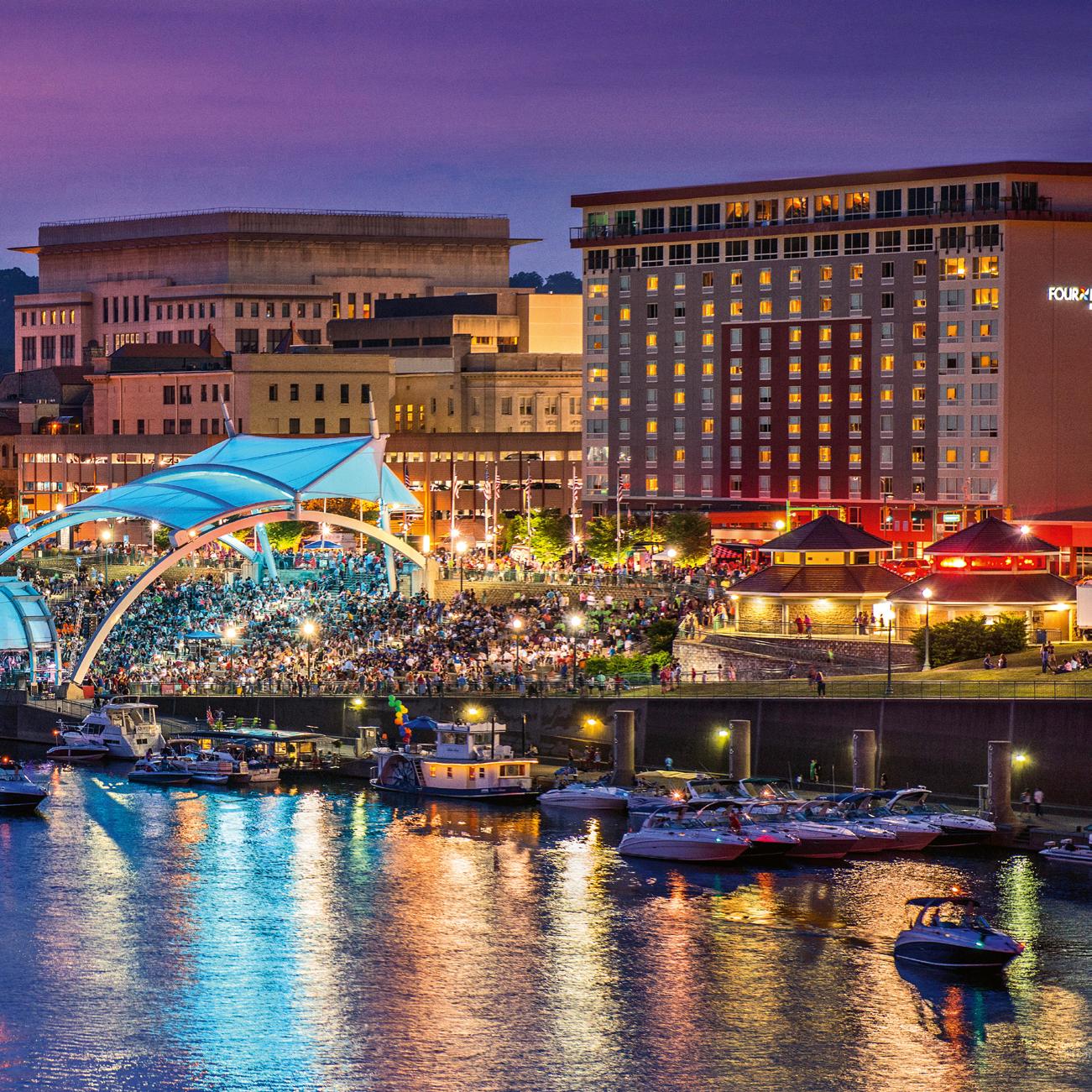
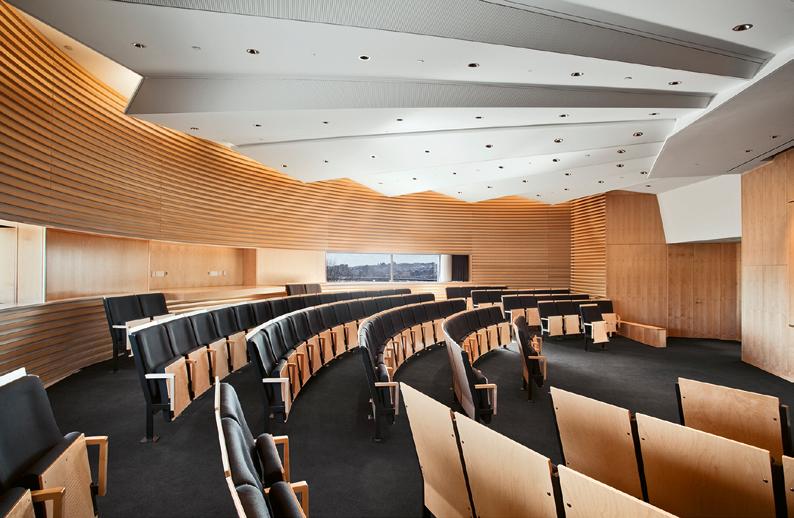
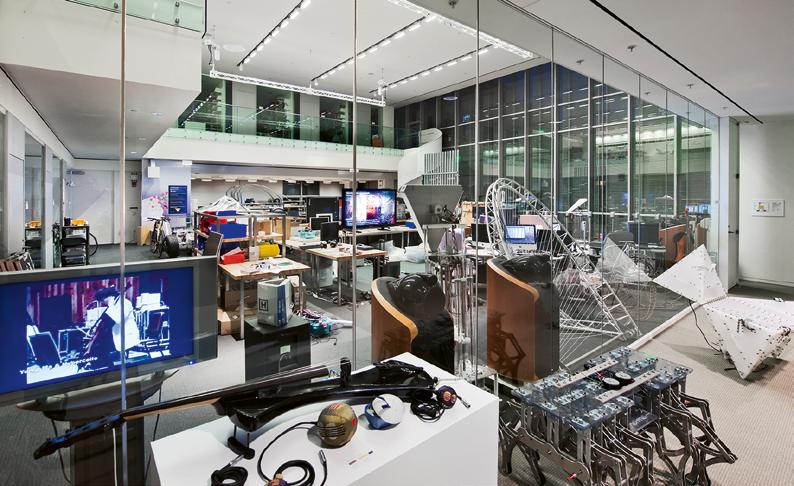
Lighting emphasizes the warmth of the wood and expresses the folds of the origami-like ceiling in the upper round lecture hall.
Laboratories double as technology exhibits. Multizoned track lighting and dimming controls provide the flexibility to program and tailor different lighting moods and scenes.
Electric lighting concealed in cavities, cores, and coves highlight interior surfaces and extends the sense of daylight deep into the atria. The undersides of the elevator cabs are illuminated with spotlights in the elevator pits.

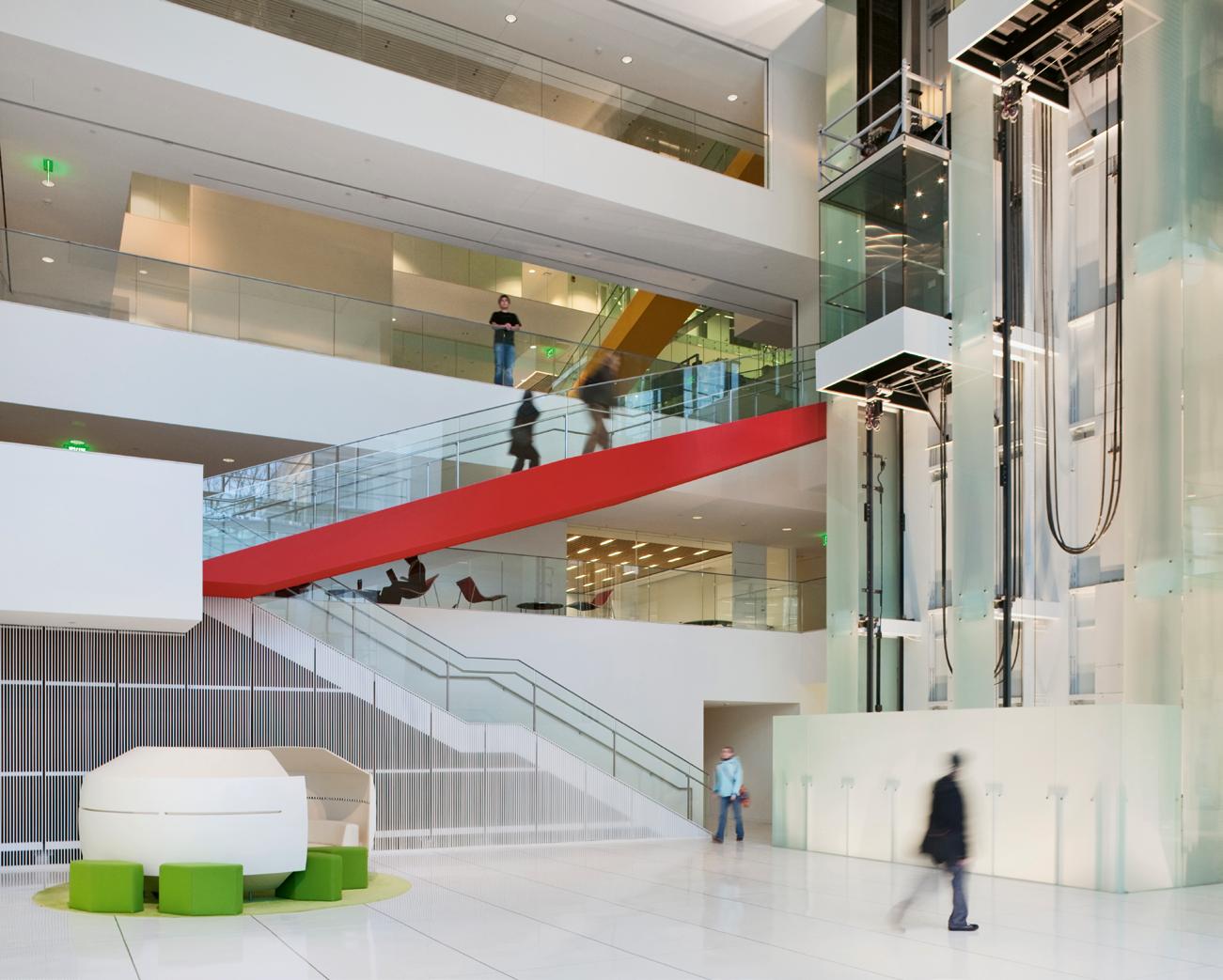
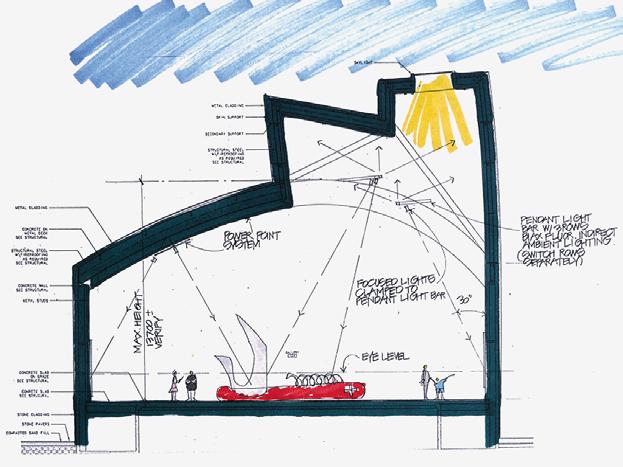
When power bars are angled on gallery ceilings in response to specific art installations, their pattern takes on the expression of that particular exhibit. When not in use, retractable magnetic covers on the power points sit flush with the ceiling, rendering them virtually invisible. Any lighting manufacturer’s fixtures can be used with the clamping power bar system to accommodate changing technology over the years.

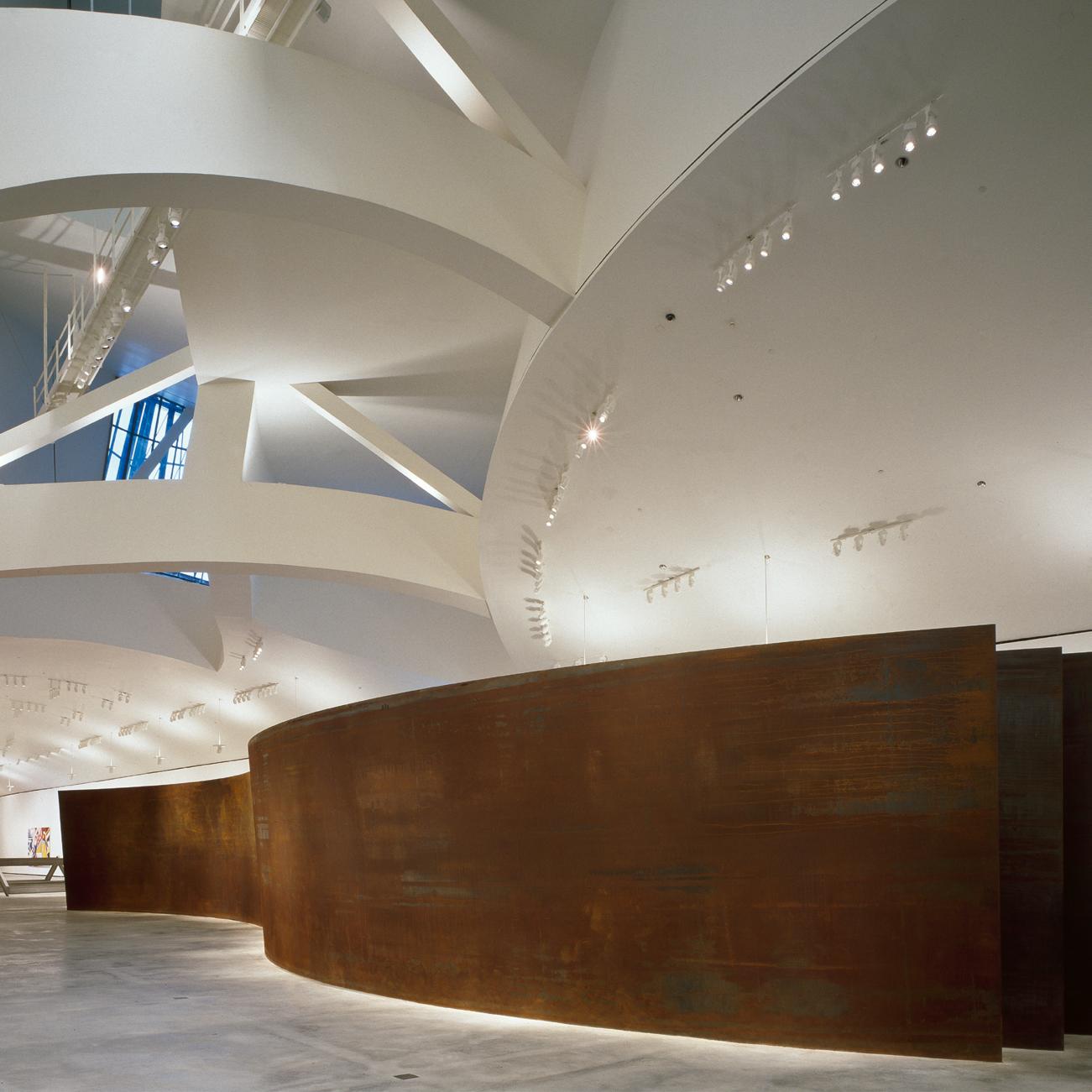
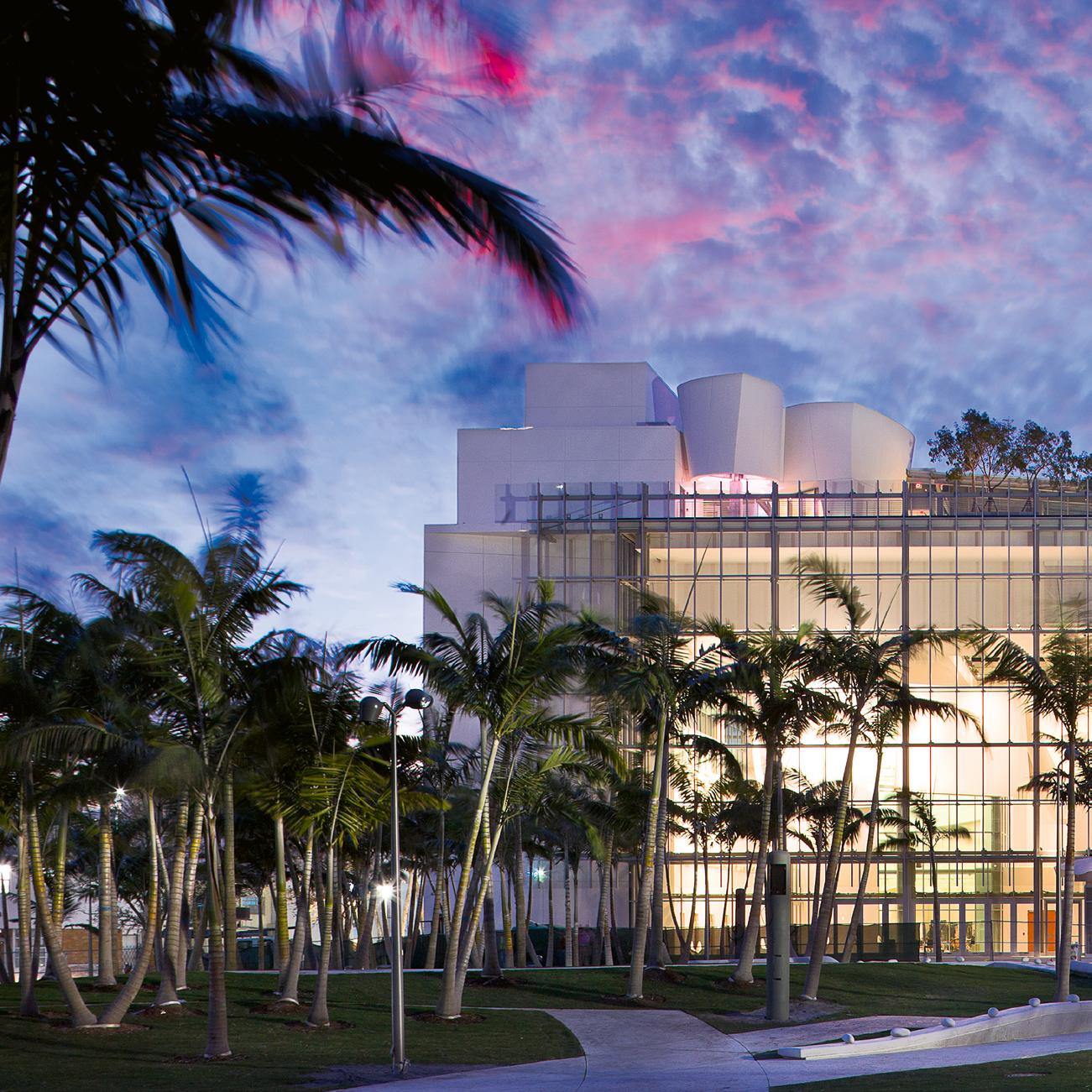
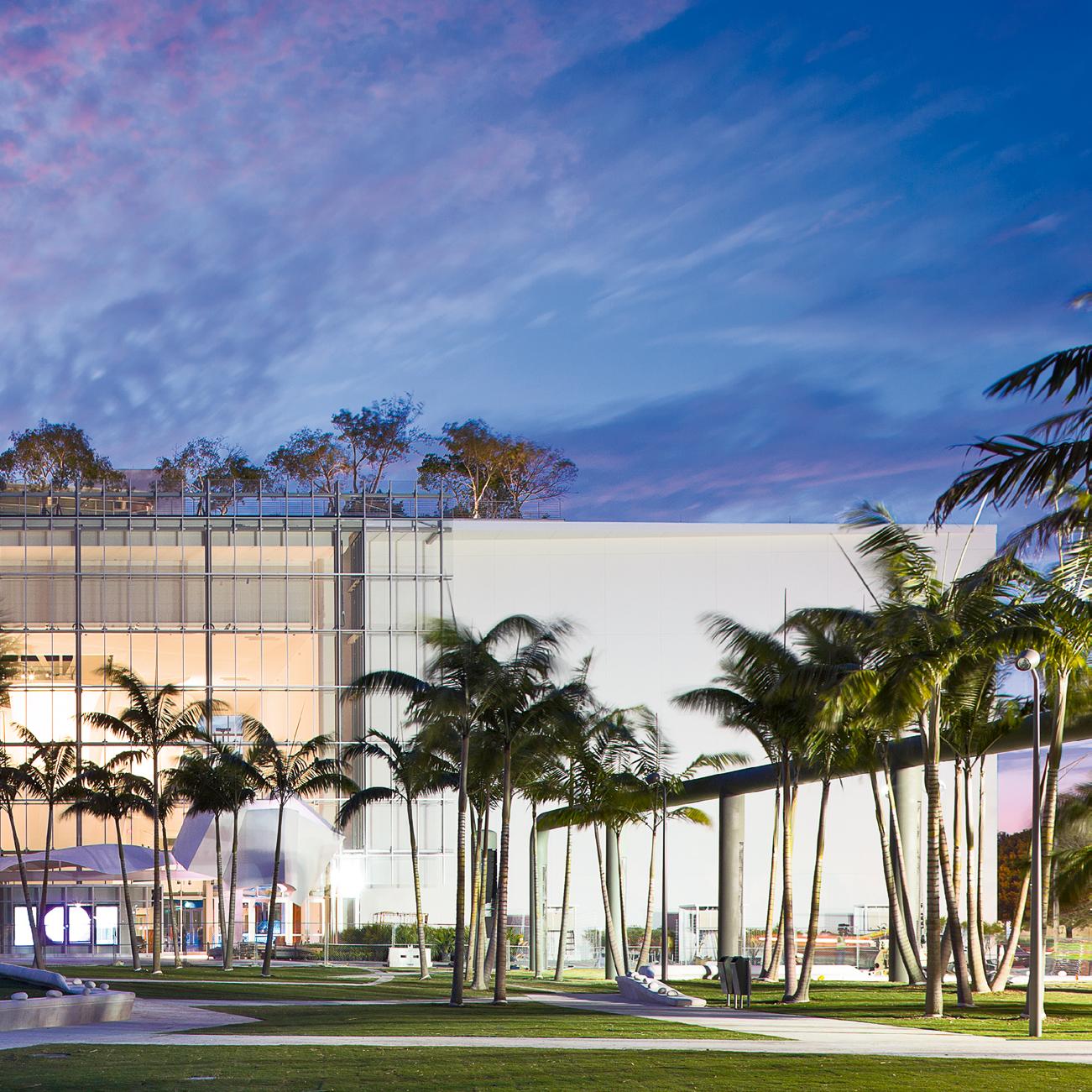
“The practice spaces and ensemble rooms are playfully stacked and sculpted with a collection of windows facing the curtain wall and atrium, giving the public a peek into the activity inside. The organization is simple and brilliant, visionary and imaginative.”
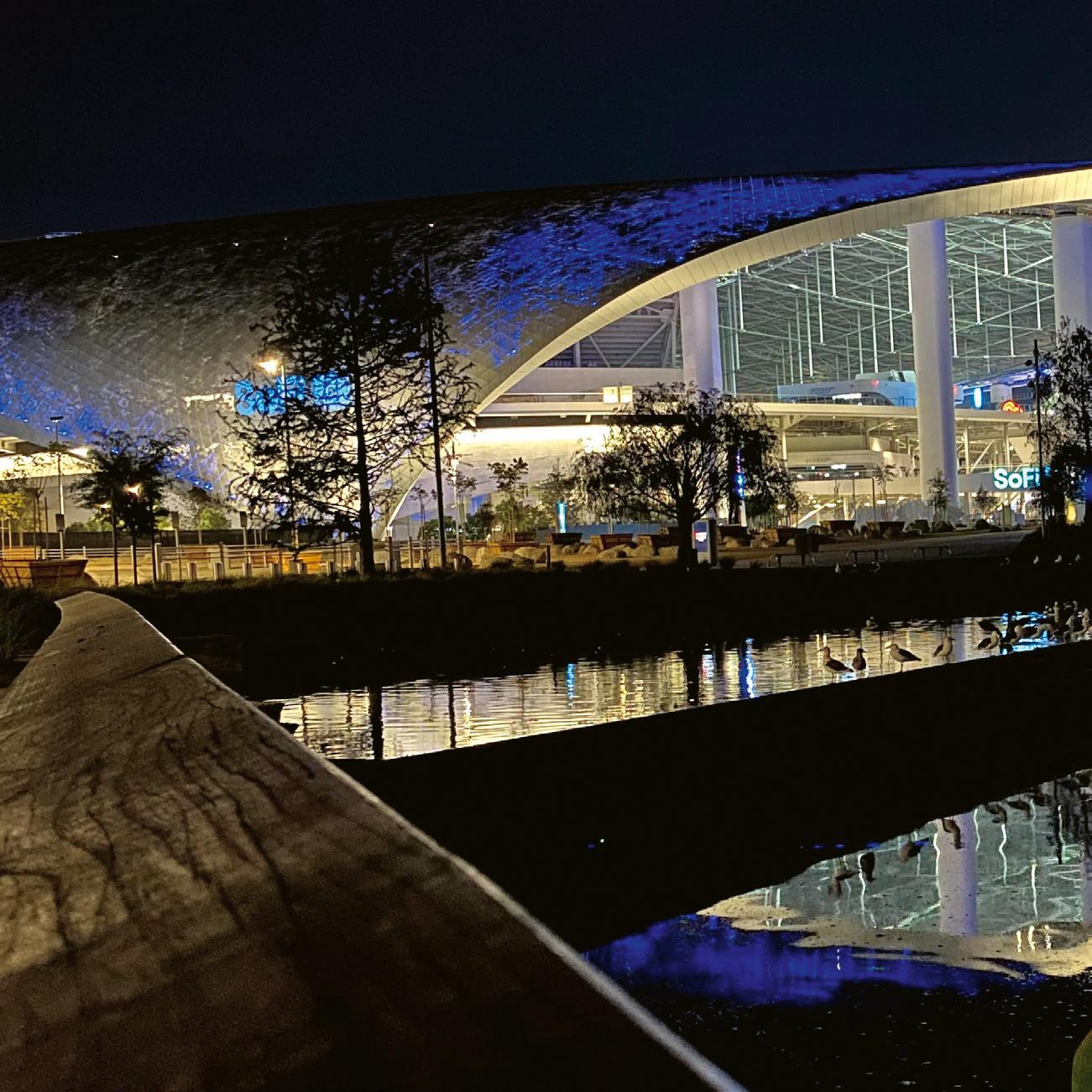
“The low, gentle curvature of the roof line masks the sheer size and scale of the footprint of this one-of-a-kind project. The visual experience as you approach the stadium from across the park exemplifies the art and science of painting with light, shaping moods and emotions while creating a sense of space and place.”
